Sap has to be flowing when grafting...
kumquat1
12 years ago
Featured Answer
Sort by:Oldest
Comments (18)
malcolm_manners
12 years agokumquat1
12 years agoRelated Professionals
Edmond Landscape Contractors · Azalea Park Landscape Contractors · Cary Landscape Contractors · Choctaw Landscape Contractors · Conroe Landscape Contractors · Edinburg Landscape Contractors · El Reno Landscape Contractors · Emmaus Landscape Contractors · Las Vegas Landscape Contractors · Midland Landscape Contractors · Pleasanton Landscape Contractors · Vineyard Landscape Contractors · West Orange Landscape Contractors · Dent Stone, Pavers & Concrete · Laguna Beach Stone, Pavers & Concretejcaldeira
12 years agomalcolm_manners
12 years agoKhathutshelo NELUKALO
3 years agomalcolm_manners
3 years agoKhathutshelo NELUKALO
3 years agomalcolm_manners
3 years agotropicofcancer (6b SW-PA)
3 years agoDave in NoVA • N. Virginia • zone 7A
3 years agolast modified: 3 years agomalcolm_manners
3 years agoMonyet
3 years agolast modified: 3 years agoJan
3 years agoKhathutshelo NELUKALO
3 years agomalcolm_manners
3 years agoKhathutshelo NELUKALO
3 years agoJan
3 years ago
Related Stories
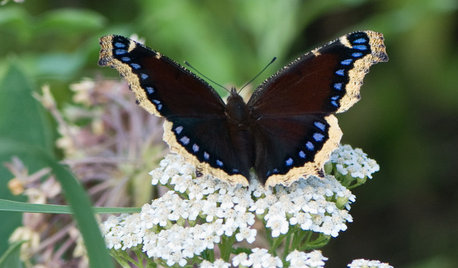
GARDENING GUIDESMourning Cloak Butterflies Herald Spring
These butterflies feed at tree-sap flows in spring and visit native plant flowers for nectar in early summer
Full Story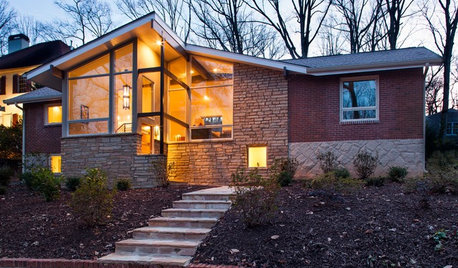
MIDCENTURY HOMESHouzz Tour: Making Midcentury Modern Work for Modern Times
A dynamic new entryway and other interior updates open an Atlanta home for better light and flow
Full Story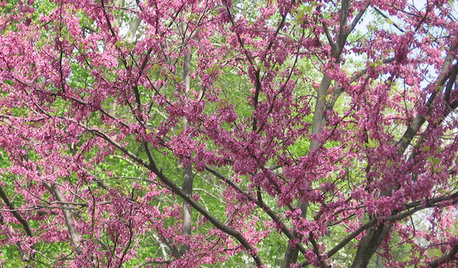
GARDENING GUIDESGreat Design Plant: Eastern Redbud
With romantic pink blooms and heart-shape leaves, this ornamental tree has been inspiring affection since the days of the founding fathers
Full Story
HOUSEPLANTS8 Essentials for Healthy Indoor Plants
Houseplants add so much to our homes — and can thrive when grown in the right conditions. Keep these tips in mind
Full Story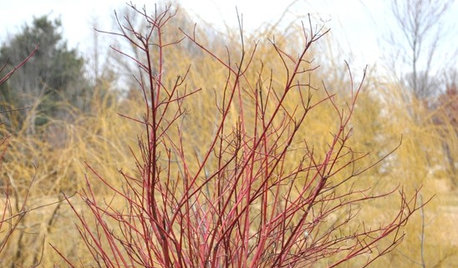
GARDENING GUIDESCentral Plains Gardener's February Checklist
Learn the right way to prune trees this month — when you're not busy spying intrepid spring-hinting blossoms, that is
Full Story0
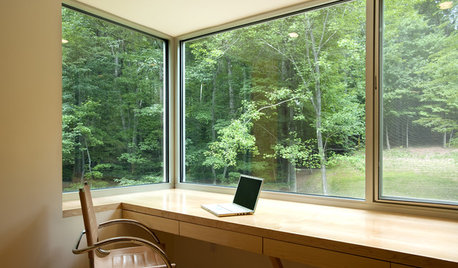
DECORATING GUIDESDecorate With Intention: A Crash Course in Feng Shui
Designing according to ancient principles may do more than put your home in balance — it may enhance your life
Full Story
STAIRWAYSHouzz Tour: Sleek Addition With a Standout Stairway
A traditional Australian 3-story urban terrace home gets an ultramodern addition in back. A circulation staircase links the floors
Full Story
WINTER GARDENINGPruning Secrets for Exquisite Roses
Encourage gorgeous blooms year after year with this time-tested advice on how to prune your rosebush in winter for health and shape
Full Story
GARDENING GUIDESTree Care: Common Tree Diseases and What to Do About Them
Learn to recognize trees that may be affected by diseases or pests so you can quickly take action
Full Story
GREEN BUILDINGInsulation Basics: Heat, R-Value and the Building Envelope
Learn how heat moves through a home and the materials that can stop it, to make sure your insulation is as effective as you think
Full StoryMore Discussions







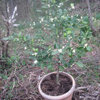
Dave in NoVA • N. Virginia • zone 7A